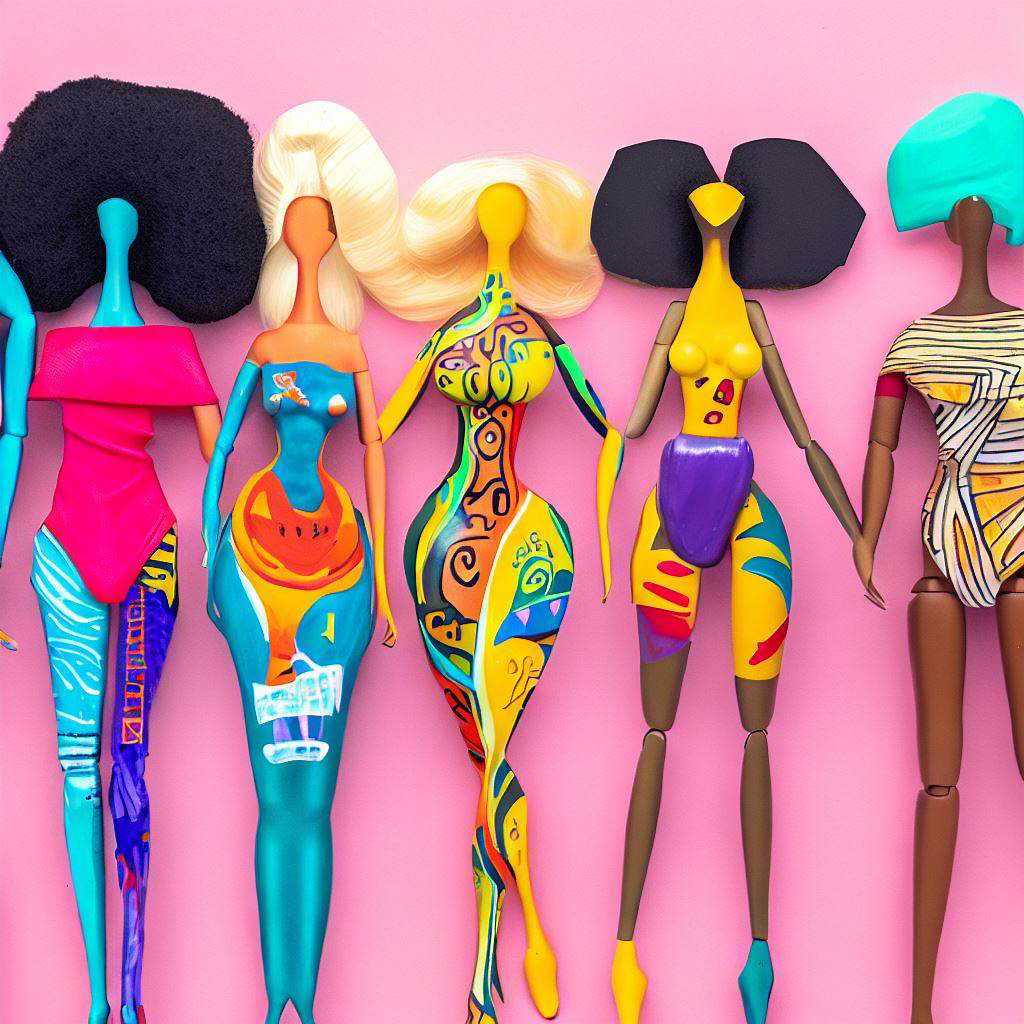The L.O.L Surprise® toy line, a global phenomenon that has captured the hearts of children and collectors alike, has had an extraordinary journey since its inception in 2016. With the toy industry witnessing a resurgence in recent years, the future of these dolls looks just as promising as their past.
The L.O.L Surprise dolls, created by MGA Entertainment®, have captivated the world with their unique blend of unboxing, collecting, and play. These small, round orbs come with plastic dolls and accessories and have evolved into a variety of styles and sizes. Their packaging is designed to keep the contents a secret until the child removes the outer wrapping to reveal a variety of wrapped dolls and accessories. The excitement of unwrapping each layer to reveal different accessories and ultimately, the doll itself, has led to a massive following among children and collectors.
Auto Amazon Links: No products found. http_request_failed: A valid URL was not provided. URL: https://ws-na.amazon-adsystem.com/widgets/q?SearchIndex=All&multipageStart=0&multipageCount=20&Operation=GetResults&Keywords=B0B9871RXX|B09QXNT1C7&InstanceId=0&TemplateId=MobileSearchResults&ServiceVersion=20070822&MarketPlace=US Cache: AAL_fc099afcfe450d715ba39ef789526b23
MGA Entertainment, the company behind the Bratz dolls, launched the L.O.L Surprise line in December 2016. The concept was inspired by the growing popularity of unboxing videos on YouTube, where people would record themselves opening packages to reveal the contents inside. MGA Entertainment saw an opportunity to create a toy that capitalized on this trend and provided a unique experience for children.
The toy line began with a handful of dolls, but their instant success paved the way for more series and expansion into other product categories. To date, there have been numerous series released, with each series introducing new themes and characters such as All-Star B.B.s, Confetti Pop, Holiday, Sooo Mini!, FIFA World Cup, Fashion Show and many more. The L.O.L Surprise line has expanded to include playsets, pets, and even a fashion-forward spin-off called L.O.L Surprise O.M.G. The L.O.L. Surprise O.M.G. line features larger fashionable dolls, including guys.
Auto Amazon Links: No products found. http_request_failed: A valid URL was not provided. URL: https://ws-na.amazon-adsystem.com/widgets/q?SearchIndex=All&multipageStart=0&multipageCount=20&Operation=GetResults&Keywords=B09PGQXVBQ|B09PGS2RKK&InstanceId=0&TemplateId=MobileSearchResults&ServiceVersion=20070822&MarketPlace=US Cache: AAL_38e0d855ebf3ca2707ddd4eccaaa7958
The L.O.L Surprise dolls have become a global sensation, with sales reaching over 800 million units worldwide by 2021. The toy line has been lauded for its diversity and inclusivity, as the dolls represent various ethnicities, interests, and styles. The dolls and their accessories are colorful from vibrant to pastels, glittery and thematic and there are even L.O.L. guy dolls. This wide appeal has made them a hit among children of different backgrounds and fueled their popularity worldwide.
Auto Amazon Links: No products found. http_request_failed: A valid URL was not provided. URL: https://ws-na.amazon-adsystem.com/widgets/q?SearchIndex=All&multipageStart=0&multipageCount=20&Operation=GetResults&Keywords=B0B984BNM9|B09BKBPZDZ&InstanceId=0&TemplateId=MobileSearchResults&ServiceVersion=20070822&MarketPlace=US Cache: AAL_bd3e224327996854a9171f2a34d6e73f
In 2020, the L.O.L Surprise brand was named the Toy of the Year by the Toy Association, solidifying its place among the top toys in the industry. The brand’s presence has also been felt in the digital realm, with a massive following on social media and the launch of the L.O.L Surprise Official Party, a gaming app available on iOS and Android.
With the continued success of the L.O.L Surprise brand, MGA Entertainment is poised to explore new avenues for growth. Fans can expect new series, collaborations, and product categories in the coming years. There is also potential for expansion into other forms of entertainment, such as animated series or movies, as well as licensing deals for apparel and merchandise, including games and electronics.
Auto Amazon Links: No products found. http_request_failed: A valid URL was not provided. URL: https://ws-na.amazon-adsystem.com/widgets/q?SearchIndex=All&multipageStart=0&multipageCount=20&Operation=GetResults&Keywords=B09478P69Q|B07HHQHHCY&InstanceId=0&TemplateId=MobileSearchResults&ServiceVersion=20070822&MarketPlace=US Cache: AAL_f4482069405cd5a1f9909cbfcec0e5cf
As the world of L.O.L Surprise continues to expand, will its dedicated fan base continue to follow. Will L.O.L. meet the same fate as Shopkins and Beanie Babies? The unboxing experience, coupled with the brand’s commitment to diversity and inclusivity, ensures that L.O.L Surprise dolls will remain a beloved part of children’s toy collections today, but children and collectors can be fickle. So, for the time being, L.O.L. will continue to enchant children with surprises, until the unboxing craze eventually subsides.
Auto Amazon Links: No products found. http_request_failed: A valid URL was not provided. URL: https://ws-na.amazon-adsystem.com/widgets/q?SearchIndex=All&multipageStart=0&multipageCount=20&Operation=GetResults&Keywords=B0B9982LYH|B0B999DXKS|B08WYYM877&InstanceId=0&TemplateId=MobileSearchResults&ServiceVersion=20070822&MarketPlace=US Cache: AAL_0ed24af0bcb9e881b00e5d05945de745



